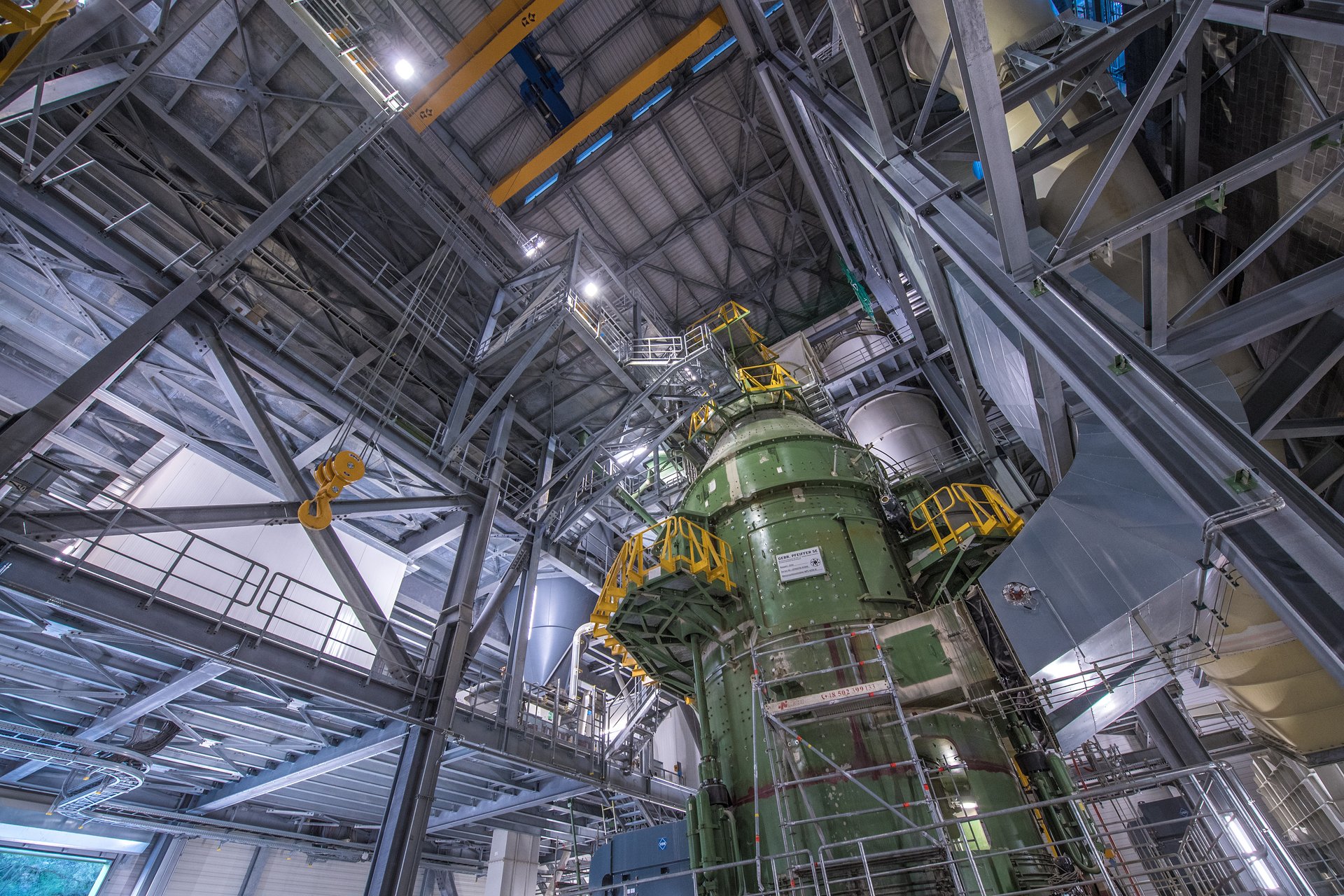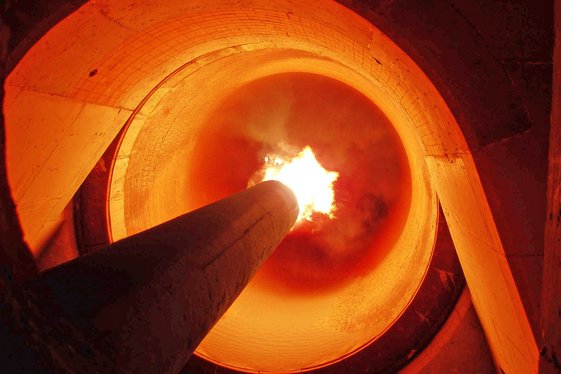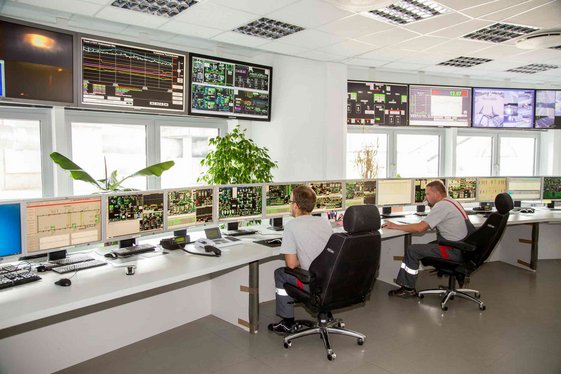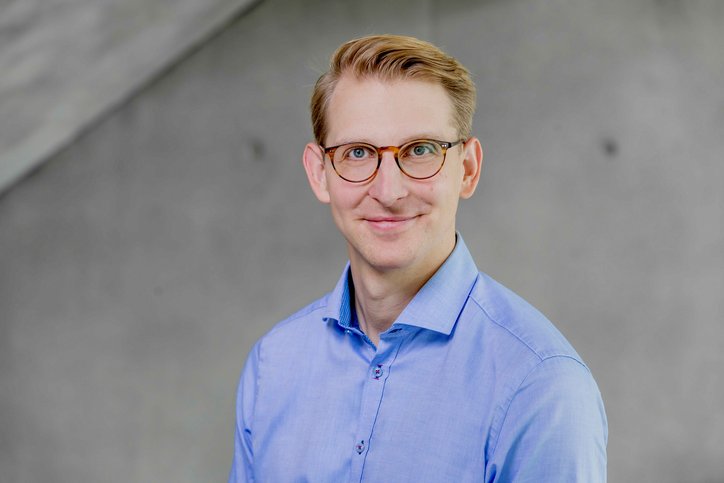The overall energy input of the cement industry is made up of roughly 90% thermal energy, which is required primarily for the combustion process in rotary kilns, and approximately 10% electrical energy, most of which is accounted for by grinding processes. Use is now largely made of alternative fuels (including used tyres, waste oil, animal meal, plastic waste and sewage sludge) as a substitute for fossil fuels, lignite and hard coal in particular. These tend to contain less carbon and exhibit a high proportion of biomass. In this way, the German cement industry has managed to save an average of around 700 kg of CO2 per tonne of alternative fuel employed and has thus achieved a considerable overall reduction in CO2. At the same time, the inorganic constituents (ashes) of the alternative fuels can be recovered and used in the product (co-processing). And so the utilisation of alternative fuels also contributes towards the conservation of resources.
Electricity is a further crucial production factor for the cement industry. In view of the relatively high price of electricity in Germany, the annual power costs of the industry amount to roughly 50% of the total energy costs. It has therefore always been in the economic interests of the companies themselves to make efficient use of electricity, which is why all the cement plants in Germany employ energy management systems certified in accordance with ISO 50.001. Nevertheless, the power demand of the cement industry is likely to carry on increasing in the foreseeable future - despite ongoing efforts to improve efficiency. The reasons for this include product quality requirements, the use of CO2 reduction technologies and the raising of environmental protection standards in production. In the light of the above, internationally competitive electricity prices and a reliable power supply are of essential importance to the German cement industry



